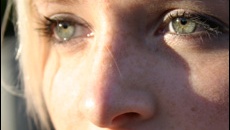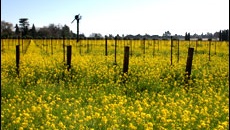
Focal Length for Portrait Photography – Zoom for Refined Pictures of People
What is the best focal length for portrait photography? In other words, if you are using a zoom lens, what is the best zoom position for taking a picture of one or more persons? What’s different between a close-up and a full-length portrait? Answers to these questions will let us make more refined images of the people we love to photograph.













